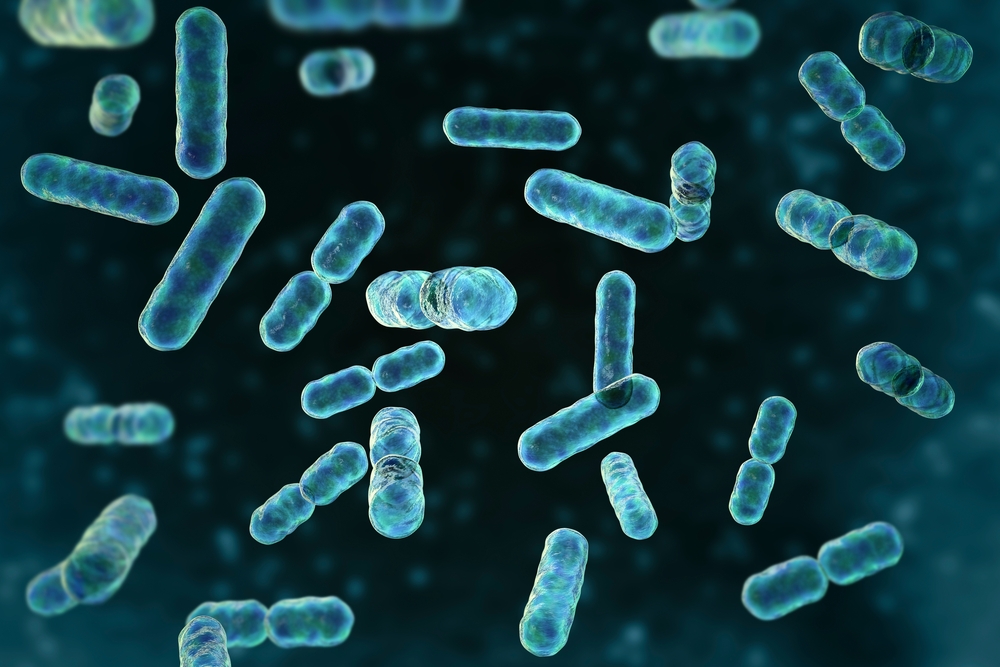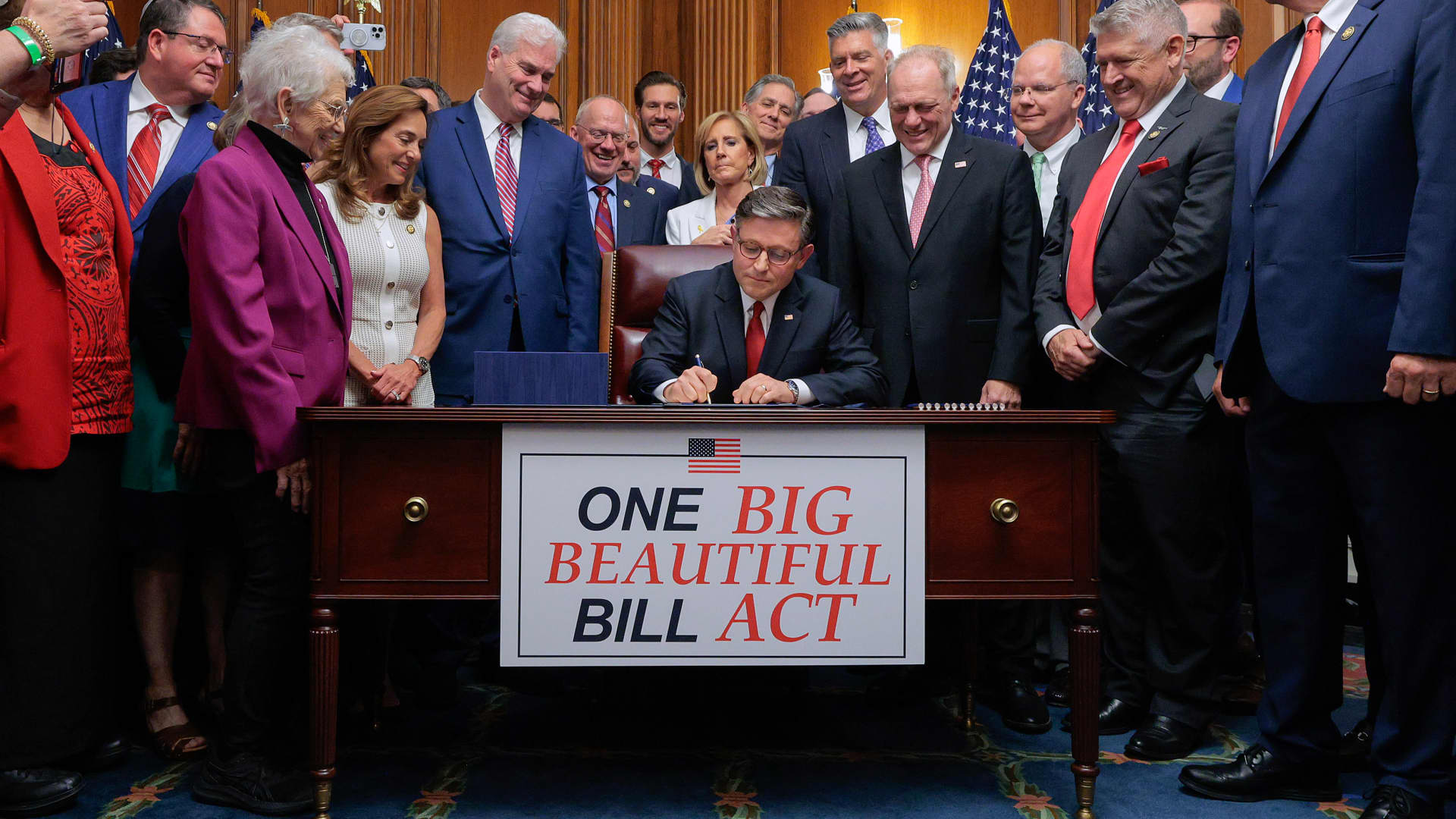You can’t see them or taste them, but “forever chemicals” are everywhere on your non-stick pans, in your waterproof clothing, and even in your drinking water. These man-made chemicals, technically known as PFAS (per- and polyfluoroalkyl substances), were designed to be indestructible. That’s what makes them so effective and so dangerous.
PFAS are used to make products resistant to water, grease, oil, and heat. Over time, though, they don’t just stay in the environment they build up inside our bodies. And that’s where the trouble begins.
According to the U.S. Environmental Protection Agency, there is no known safe level of exposure to PFOS or PFOA, two of the most common PFAS compounds, in drinking water. These chemicals have been linked to serious health risks: cancer, developmental delays in children, thyroid disease, kidney damage, high cholesterol, immune dysfunction, and decreased fertility. Even low levels of exposure can have long-term health effects.
What’s more, PFAS stay in the body for years. PFOA and PFOS, for example, have a half-life of about two to five years, which means it takes that long for your body to naturally eliminate just half the amount in your blood. In many people, PFAS concentrations persist for decades.
Until recently, the only ways to lower PFAS levels in the body were either invasive (like bloodletting) or involved drugs that came with significant side effects. But now, researchers may have found a promising alternative right inside our guts.
A Breakthrough Discovery: Gut Bacteria vs. PFAS
In a groundbreaking study published in Nature Microbiology, scientists from the University of Cambridge’s MRC Toxicology Unit found that certain human gut bacteria could absorb and eliminate PFAS from the body. The research focused on a group of nine bacterial strains that are commonly found in healthy human guts.
To test the theory, scientists introduced these microbes into lab mice, effectively “humanizing” the mice’s gut microbiome. The mice were then exposed to PFAS-laced food. Within minutes, the microbes absorbed a significant portion of the chemicals, which were later excreted in the mice’s feces.
Some bacteria absorbed up to 74% of certain PFAS molecules. Even more promising, they remained effective even when PFAS levels were increased. That consistency suggests the bacteria might help regulate toxic loads in a real-world setting.
So how do these microbes do it? The exact mechanisms aren’t fully understood, but researchers suspect they use a form of chemical “pumping” similar to how some bacteria resist antibiotics. These pumps likely pull the toxins into the cell and then push them out into the gut for excretion.
Interestingly, PFAS appear to accumulate in bacterial cells in tightly packed clumps. This may actually protect the microbes from being harmed by the chemicals, allowing them to do their job without being destroyed in the process.
Lead researcher Dr. Kiran Patil noted that the bacteria showed strong potential to store PFAS without sustaining damage. “We found that certain species of human gut bacteria have a remarkably high capacity to soak up PFAS from their environment,” he said.
While this study was done in mice, it builds on existing evidence that gut bacteria can neutralize other environmental toxins, like microplastics. The researchers have since launched a startup called Cambiotics, aimed at developing probiotic supplements that could do the same thing in humans.
Co-author Dr. Indra Roux emphasized that this isn’t a cure but it’s an urgent step forward. “The reality is that PFAS are already in the environment and in our bodies,” Roux said. “We need to try and mitigate their impact on our health now.”
Why Your Body Struggles to Eliminate PFAS on Its Own

Unlike many other toxins that the body can process and eliminate through the liver or kidneys, PFAS are engineered to resist degradation. Their chemical structure carbon-fluorine bonds makes them nearly indestructible. This same property that makes them ideal for stain-proofing your couch or keeping your sandwich wrapper from leaking also means they don’t break down in your body.
Once PFAS enter your system, they circulate in the blood and accumulate in organs like the liver and kidneys. Your body doesn’t metabolize them efficiently, and many long-chain PFAS are too large and too chemically stable to be flushed out via urine. That’s why their half-lives span several years. Some can linger for decades.
Most people excrete only trace amounts of PFAS naturally. The body lacks the tools to break these chemicals down, so they build up slowly over time—a process scientists now compare to “chemical aging.” As exposure continues through food, water, and household items, the body’s burden increases.
That’s where gut microbes show potential. Unlike human cells, certain bacteria have evolved to resist or expel harsh compounds in their environment—an ability that can now be leveraged for detoxification. By consuming and compartmentalizing PFAS, they offer an active elimination route where the body would otherwise be passive.
In other words, while your liver may struggle, your gut bacteria might help carry the load—if you give them the right support.
How Probiotics Could Be the Game-Changer

The implications of this research go beyond scientific curiosity—they point to a practical, consumer-friendly solution to a global health crisis. If these findings hold up in human trials, probiotics could soon be used as a tool to reduce PFAS burden in everyday people.
Here’s what makes this discovery so promising:
It’s Non-Invasive
Traditional detox methods for PFAS, like plasmapheresis or using bile acid sequestrants (e.g., cholestyramine), can be expensive, uncomfortable, and come with side effects like severe constipation. Probiotics, by contrast, are taken orally and are already a common wellness product.
It Targets the Worst Offenders
The study found the bacteria were particularly effective against long-chain PFAS like PFOA and PFNA. These are the compounds that stay in the body the longest and are linked to the most serious health outcomes. Removing them could significantly reduce long-term health risks.

It’s Scalable and Accessible
A probiotic-based solution can be mass-produced and distributed without the need for hospital visits or prescriptions. It could become a standard part of preventive wellness for people living in areas with high PFAS exposure like communities near military bases or manufacturing plants.
It’s Additive, Not a Replacement
Importantly, experts caution that probiotics alone aren’t a solution to the PFAS crisis. “This should not be used as an excuse to downplay other sustainable solutions or to not address the bigger PFAS problem,” said Dr. Anna Lindell, one of the study’s co-authors.
In other words, improving your gut microbiome might help reduce what’s already in your system but it won’t stop PFAS from continuing to accumulate. Regulation, better filtration systems, and PFAS-free manufacturing still need to happen.
Still, the potential is exciting. Human trials are on the horizon, and the researchers behind Cambiotics are also exploring ways to “turbocharge” these microbes for even more effective detoxification.
This research also fits into a larger trend of using the gut microbiome as a tool for personalized medicine. We already know that our gut bacteria influence everything from immune function to mood. Now, it appears they might also help us get rid of toxic chemicals we’ve absorbed from our environment.
Everyday Steps to Reduce PFAS Exposure

While scientists work on developing effective probiotics, you can take steps today to lower your exposure to PFAS and support your gut health:
1. Avoid Non-Stick Cookware
Skip the Teflon. Choose stainless steel, ceramic, or cast iron pans instead.
2. Use a Certified Water Filter
Install a water filter that specifically targets PFAS. Look for certifications from NSF International (NSF/ANSI 53 or 58).
3. Watch Food Packaging
PFAS are often found in fast food wrappers, microwave popcorn bags, and takeout containers. Whenever possible, choose fresh or unpackaged foods.
4. Check Your Personal Care Products
Some cosmetics, particularly waterproof makeup and long-lasting lipsticks, contain PFAS. Check the ingredients or choose brands that are PFAS-free.
5. Eat More Fiber
A small pilot study suggests that dietary fiber—especially oat beta-glucan—can help remove PFAS by forming a gel that prevents absorption in the gut. Fiber supplements or a fiber-rich diet can be a practical add-on.

6. Support Your Gut Microbiome
A healthy gut may offer natural protection. Eat fermented foods like yogurt, kimchi, and sauerkraut. Include prebiotic foods like garlic, leeks, onions, and bananas to feed beneficial bacteria.
7. Stay Informed About Product Recalls and Regulations
Regulations are changing. Keep up with local water safety reports and FDA warnings about PFAS in consumer goods.
8. Use Non-Toxic Cleaning Products
Some cleaning sprays and stain-resistant treatments contain PFAS. Opt for green-certified or homemade cleaning solutions.
9. Rethink Outdoor Gear
Raincoats, tents, and gear labeled “waterproof” or “stain-resistant” may contain PFAS. Look for brands that advertise PFAS-free technology.
10. Limit Processed Foods
Highly processed and packaged foods may be more likely to come in contact with PFAS. Whole foods are a safer bet—for many reasons.
The Bigger Picture on Gut Health and Environmental Toxins
PFAS aren’t just a personal health issue they’re a global one. These chemicals are in our ecosystems, our homes, our bodies, and even in unborn babies. Once considered harmless, they’re now recognized as one of the most pressing toxic threats of our time.
The discovery that gut bacteria can absorb and help expel PFAS offers more than just a detox hack. It adds to the growing evidence that your gut microbiome is deeply connected to your ability to cope with environmental stressors. Just like certain microbes help you digest food or boost immunity, others may serve as gatekeepers for chemical contaminants.
This also reinforces the idea that gut health isn’t just about digestion it’s a frontline defense system. Maintaining a diverse and resilient microbiome may improve your ability to filter out what shouldn’t be there. It’s a form of passive protection that starts with daily habits: what you eat, how you manage stress, and what you put in and on your body.
Ultimately, the development of probiotic supplements to remove PFAS could be a game-changer but it’s not a silver bullet. It must go hand-in-hand with better regulation, safer product design, and environmental cleanup.
Until then, knowledge is power. And supporting your gut through smart choices, fiber, and maybe soon, targeted probiotics might be one of the most practical steps you can take to protect yourself from invisible chemical threats.
Sources
- Huttenhower, C., Gevers, D., Knight, R., Abubucker, S., Badger, J. H., Chinwalla, A. T., Creasy, H. H., Earl, A. M., Fitzgerald, M. G., Fulton, R. S., Giglio, M. G., Hallsworth-Pepin, K., Lobos, E. A., Madupu, R., Magrini, V., Martin, J. C., Mitreva, M., Muzny, D. M., Sodergren, E. J., . . . Griggs, A. (2012). Structure, function and diversity of the healthy human microbiome. Nature, 486(7402), 207–214. https://doi.org/10.1038/nature11234
- Glüge, J., Scheringer, M., Cousins, I. T., DeWitt, J. C., Goldenman, G., Herzke, D., Lohmann, R., Ng, C. A., Trier, X., & Wang, Z. (2020). An overview of the uses of per- and polyfluoroalkyl substances (PFAS). Environmental Science Processes & Impacts, 22(12), 2345–2373. https://doi.org/10.1039/d0em00291g













Leave a Reply